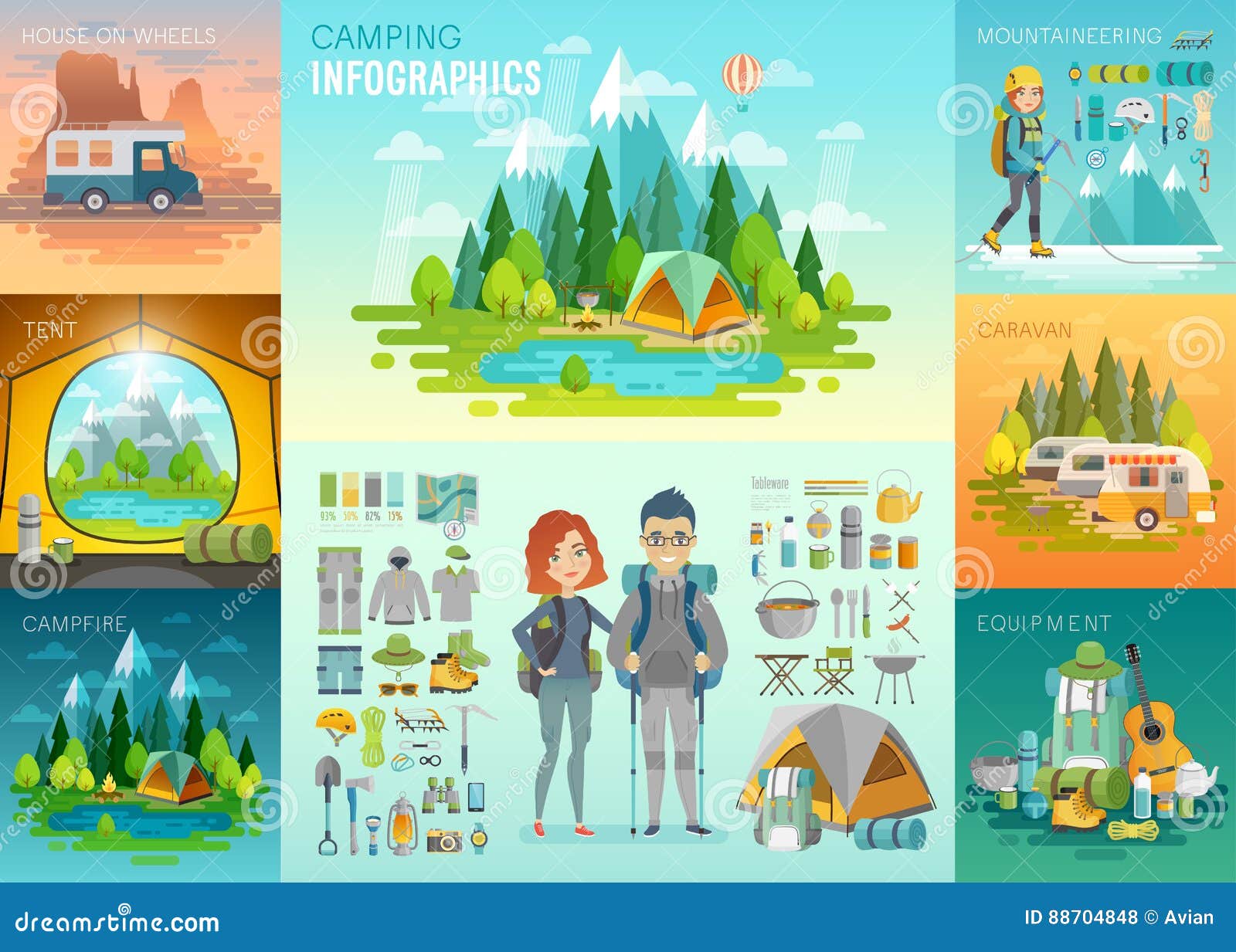Daydreaming can be a rewarding and peaceful pastime. It advertises mindfulness and connects us to nature, particularly in beautiful settings like remote hill tops and deserts where light air pollution is very little.
Are Bell tents waterproof?
The most effective time to stargaze is throughout the fall and winter months, when temperature levels are milder and atmospheric conditions are a lot more secure. Bring a camping tent and resting bag to stay comfortable while watching the celebrities.
Prepare Ahead
If you have not been daydreaming for a while, it's important to obtain comfy before you begin seeking out. Plan in advance by wearing warm garments, bringing extra layers (also in high summer the UK can be freezing), and loading a thermos of something warm to drink.
Preferably, locate a place far from city lights. You'll have the ability to see more celebrities and earths without the interference of light contamination.
You do not require to bring a telescope or binoculars to enjoy the stargazing experience, although they can help you see more information of celestial objects. You can also utilize your smart device to identify earths, celebrities, constellations and galaxies with a stargazing app. Simply remember that the celebrities can be difficult to see on a bright phone screen.
Bring Comfortable Clothes
When daydreaming, it's essential to dress comfortably. Even in summertime, evenings can be cold, so use layers and a hat to secure yourself from the aspects.
Take into consideration bringing a thermos with warm chocolate or coffee to remain invigorated as you gaze at heavenly bodies. It also assists to have a canteen so you can stay hydrated while you observe.
Find a spot far from city lights and near wide-open countryside. This will help reduce light pollution and make it much easier to see celestial objects. Preferably, attempt to plan your stargazing adventure around the moment of a new moon or within 3 days before and after. This will offer the darkest skies possible, ideal for observing celestial objects and phenomena. Bring a map, compass or GPS gadget to navigate to your watching area and stay clear of obtaining lost.
Bring Snacks
If you're mosting likely to be out in the components for a long time, be prepared with comfortable seating and snacks. You could stay for a few hours at the top of your stargazing experience, so having some chairs or blankets to sit on can make the night extra enjoyable.
You may wish to bring fancy tents a headlamp, but if you do, be sure it's red so you do not disrupt other stargazers with your normal light. Your eyes need to adjust to the darkness, and using a normal light will disrupt this procedure.
A flask of a hot beverage is likewise a terrific concept-- you can get relaxing in your covering with some tea, warm chocolate and even coffee! Just make sure to load the recyclable bottles so you're remaining hydrated.
Bring a Telescope or Field glasses
Stargazing is an activity that involves standing in a dark area for extended periods of time, so it is necessary to make certain you fit. A great way to do this is by bringing a reclining chair or blanket to sit in. This makes the experience much more satisfying and permits you to concentrate on the stars instead of your hurting back!
For advanced stargazers, a telescope can be an excellent device to have. A basic reflector or substance telescope can be sufficient to observe the moon's craters, the rings of saturn, and also some larger star clusters and galaxies.
Field glasses are additionally an exceptional option to telescopes. They are portable, budget-friendly, and easy to use, and can help you see a whole lot greater than what your nude eye might handle by itself.
Plan Your Journey
A successful stargazing experience calls for cautious prep work. Clothing properly, bringing warm refreshments and comfortable seating (like reclining chairs or outdoor camping blankets), and informing someone concerning your journey details and anticipated return time are vital for safety and security.
Picking the right location is also essential. Seek dark skies locations that are far from light contamination-- like national forests or marked dark-sky reserves. And plan your browse through during the new moon for the darkest skies.
Prevent making use of flashlights as high as possible, because they disrupt your ability to see the stars-- and keep in mind that it takes 20 mins for your eyes to re-adjust after each usage. If you do need to make use of a flashlight, think about covering it with red cellophane to maintain your night vision. Additionally, make certain to study holy occasions like meteor showers or eclipses.
What's the point of camping?
